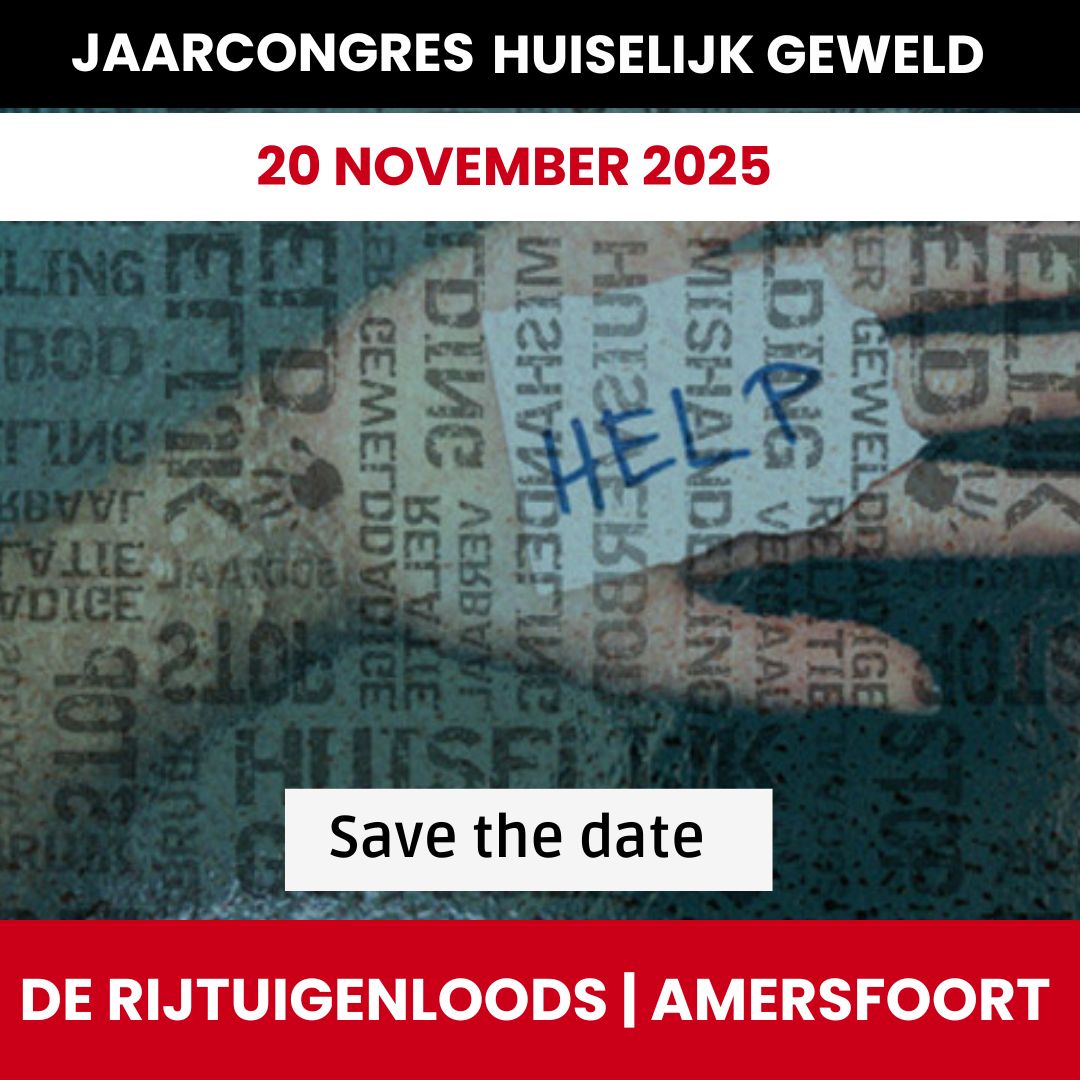Agllias, K. (2011). No Longer on Speaking Terms: The Losses Associated With Family Estrangement at the End of Life. Families in Society. The Journal of Contemporary Social Services DOI: 10.1606/1044-3894.4055.
Antokolskaia, M. V., De Boer, J. C. G., Ruitenberg, G. C. A. M., Schrama, W. M., Van der Valk, I. E., & Vrolijk, P. (2019). Naleving van contact-/omgangsafspraken na scheiding: een rechtsvergelijkend en sociaalwetenschappelijk perspectief. WODC.
Avontuur, I. (2022). Het negeren van huiselijk geweld is een systeemfout bij de aanpak van ‘complexe’ scheidingen. Nederlands juristenblad, 38, 3128-3135.
Berends, S. & Buimer, L. (2020). Eindrapport omgangsregeling tussen ouders na scheiding. Amsterdam, Regioplan.
Bernet, W., & Greenhill, L. L. (2022). The five-factor model for the diagnosis of parental alienation. Journal of the American Academy of Child & Adolescent Psychiatry, 61(5), 591-594.
Bernet, W., Gregory, N., Rohner, R. P., & Reay, K. M. (2020). Measuring the difference between parental alienation and parental estrangement: The PARQ-Gap. Journal of Forensic Science, 65(4), 1225-1234.
Carr, K., Holman, A., Abetz, J., Koenig Kellas, J., & Vagnoni, E. (2015). Giving voice to the silence of family estrangement: Comparing reasons of estranged parents and adult children in a non-matched sample. Journal of Family Communication, 15(2), 130–140.
Champion, K. M. (2022). Coercion in families and child resistance to contact with a parent after family separation. Journal of Family Trauma, Child Custody & Child Development, 19(3-4), 230-243.
De Ruiter, C., Marzolla, M., & Ramakers, N. (2020). De conflictscheiding als complexe gezinsproblematiek. Waarom screening op huiselijk geweld essentieel is. Pedagogiek, 40(2), 205-231.
Draaisma, N. & Zuidgeest, K. (2022). Kiezen tussen kwaden. Beslissen in kinderbeschermingszaken. De Jeugdzorg academie.
Driesen, L. (2016). Wat als een kind zijn ouder niet meer wil zien? Ouderverstoting. Caleidoscoop, 28(2), 21-27.
Drozd, L. M., & Olesen, N. W. (2004). Is it abuse, alienation, and/or estrangement? A decision tree. Journal of Child Custody, 1(3), 65-106.
Eddy, B. (2011). Biff: Quick Responses to High Conflict People, Their Hostile Emails, Personal Attacks and Social Media Meltdowns. Unhooked Books.
Emery, R. E. (2016). Two Homes, One Childhood. A Parenting Plan to last a Lifetime. Avery, New York.
Fidler, J. B., & Bala, N. (2020). Concepts, controversies and conundrums of “alienation:” Lessons learned in a decade and reflections on challenges ahead. Family Court Review, 58(2), 576-603.
Forssell, A. (2016). Better safe than sorry? Quantitative and qualitative aspects of child-father relationship after parental separation in cases involving intimate partner violence. Doctoral dissertation, Örebro university.
Garber, B. D. (2011). Parental alienation and the dynamics of the enmeshed parent-child dyad: Adultification, parentification, and infantilization. Family Court Review, 49(2), 322-335.
Groenhuijsen, L. A. (2022). Rechtspraak Kromspraak. Beslissen over kinderen na echtscheiding. Amsterdam: Uitgeverij SWP.
Harman, J. J., Matthewson, M. L. & Bakker, A. J. L. (2022). Losses experienced by children alienated from a parent. Psychology, 43, 7–12 .
Harrison, C., & Thiara, R. K. (2016). Safe not sorry: Supporting the campaign for safer child contact. Women’s aid.
Hunter, E. C., & Graham-Bermann, S. A. (2013). Intimate partner violence and child adjustment: Moderation by father contact? Journal of Family Violence, 28(5), 435-444.
Kelly, J. B., & Johnston, J. R. (2001). The alienated child: A reformulation of parental alienation syndrome. Family Court Review, 39(3), 249-266.
Linden, A. H., & Sillence, E. (2021). “I’m finally allowed to be me”: Parent-child estrangement and psychological wellbeing. Families Relationships and Societies, 10(2), 325-341.
Lünnemann, K.D. & Lünnemann, M. (2024). Als contact niet vanzelfsprekend is na scheiding. Een verkennend onderzoek naar passende hulp en ondersteuning aan kinderen en ouders wanneer contact tussen kind en een van de ouders niet in het belang van het kind is. Utrecht. Verwey-Jonker instituut
Mallon, M. (2021). Post-separation parent-child contact problems: Understanding child’s rejection of parent and interventions beyond custody reversal. Journal of the American Academy of Matrimonial Lawyers, 33(2), 609-644.
Mandel, D. (2024). Stop blaming mothers and ignoring fathers.
Maslow, A. H. (1943). A theory of human motivation.
Polak, S., & Saini, M. (2015). Children resisting contact with a parent postseparation: Assessing this phenomenon using an ecological systems framework. Journal of Divorce & Remarriage, 56(3), 220-247.
Scharp, K. M., Thomas, L. J., & Paxman, C. G. (2015). “It was the straw that broke the camel’s back”: Exploring the distancing processes communicatively constructed in parent-child estrangement backstories. Journal of Family Communication, 15(4), 330-348.
Spruijt, E., & Kormos, H. (2014). Handboek scheiden en de kinderen. Voor de beroepskracht die met scheidingskinderen te maken heeft. Bohn Stafleu van Loghum.
Turhan, Z. (2021). Safe father-child contact postseparation in situations of intimate partner violence and positive fathering skills: A literature review. Trauma, Violence & Abuse, 22(4), 856-869.
Van der Valk, I. E., De Boer, G., Bergenhenegouwen, H., & Van der Veldt, M. C. (2020). De herziene richtlijn scheiding en problemen van jeugdigen. Kinder en jeugdpsychotherapie, 47(2), 22-45.
Van Lawick, J., & Visser, M. (2020). Problematische scheidingsprocessen. In: M. Groen & J. van Lawick, Intieme oorlog. Over de kwetsbaarheid van familierelaties (pp.290-313). Uitgeverij van Gennep.
Visser, M., Van Lawick, J., Van Grinsven, F., De Visser, W., & De Zeeuw-van der Heide, E. (2023). Geblokkeerde ouder-kindrelaties. Visie op ouderverstoting vanuit kinderen in de knel. Systeemtherapie, 35(1), 7–21.









